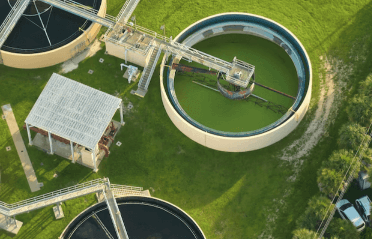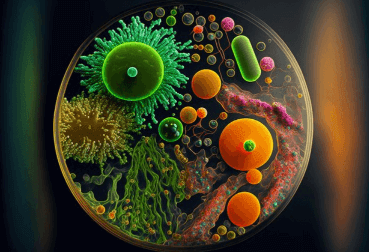Question
a.
Gas film
b.
Ash
c.
Chemical reaction
d.
none of these
Posted under Basic Chemical Engineering
Interact with the Community - Share Your Thoughts
Uncertain About the Answer? Seek Clarification Here.
Understand the Explanation? Include it Here.
Q. __________ resistance is not involved in the combustion of a carbon particle.
Similar Questions
Explore Relevant Multiple Choice Questions (MCQs)
Q. In an ideal P.F.R. at steady state conditions
View solution
Q. Space time in flow reactor is
View solution
Q. For a first order isothermal chemical reaction in a porous catalyst, the effectiveness factor is 0.3. The effectiveness factor will increase if the
View solution
Q. Cold shot cooling is only practical when the feed temperature is __________ than the reaction temperature.
View solution
Q. The preferred reacting system for oxidation of o-xylene to phthalic anhydride is
View solution
Q. In the hydrodealkylation of toluene to benzene, the following reactions occur:
C₇H₈ + H₂ → C₆H₆ + CH₄
2C₆H₆ ↔ C₁₂H₁₀ + H₂
Toluene and hydrogen are fed to a reactor in a molar ratio 1:5. 80% of the toluene gets converted and the selectivity of benzene(defined as moles of benzene formed/moles of toluene converted) is 90%. The fractional conversion of hydrogen is
View solution
Q. Catalyst is a substance, which __________ chemical reaction.
View solution
Q. A rise in temperature
View solution
Q. The enzyme which can catalyse the conversion of glucose to ethyl alcohol is
View solution
Q. The conversion for a first order liquid phase reaction. A → B in a CSTR is 50%. If another CSTR of the same volume is connected in series, then the % conversion at the exit of the second reactor will be
View solution
Q. What is the dispersion number for a CSTR?
View solution
Q. Rate of a chemical reaction is independent of the concentration of the reactants for a __________ reaction.
View solution
Q. With increase in temperature, the rate constant obeying Arhenious equation
View solution
Q. Bulk diffusion in catalyst pore __________ with increase in pressure.
View solution
Q. Pick out the correct statement.
View solution
Q. The concentration of A in a first order reaction, A → B, decreases
View solution
Q. The equilibrium constant of chemical reaction __________ in the presence of catalyst.
View solution
Q. The order of a chemical reaction is
View solution
Q. A chemical reaction occurs, when the energy of the reacting molecules is __________ the activation energy of reaction.
View solution
Q. B.E.T. method of finding out surface area of a catalyst, uses the extension of __________ isotherm.
View solution
Recommended Subjects
Are you eager to expand your knowledge beyond Basic Chemical Engineering? We've handpicked a range of related categories that you might find intriguing.
Click on the categories below to discover a wealth of MCQs and enrich your understanding of various subjects. Happy exploring!








